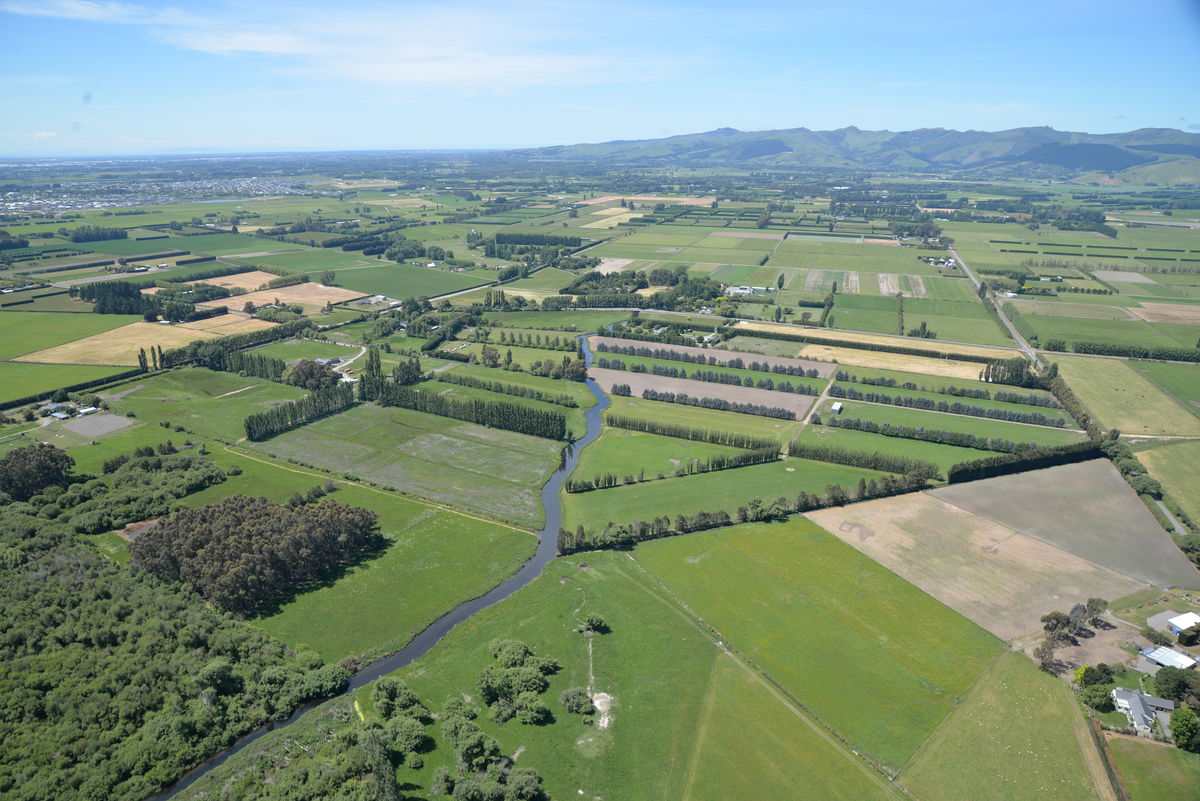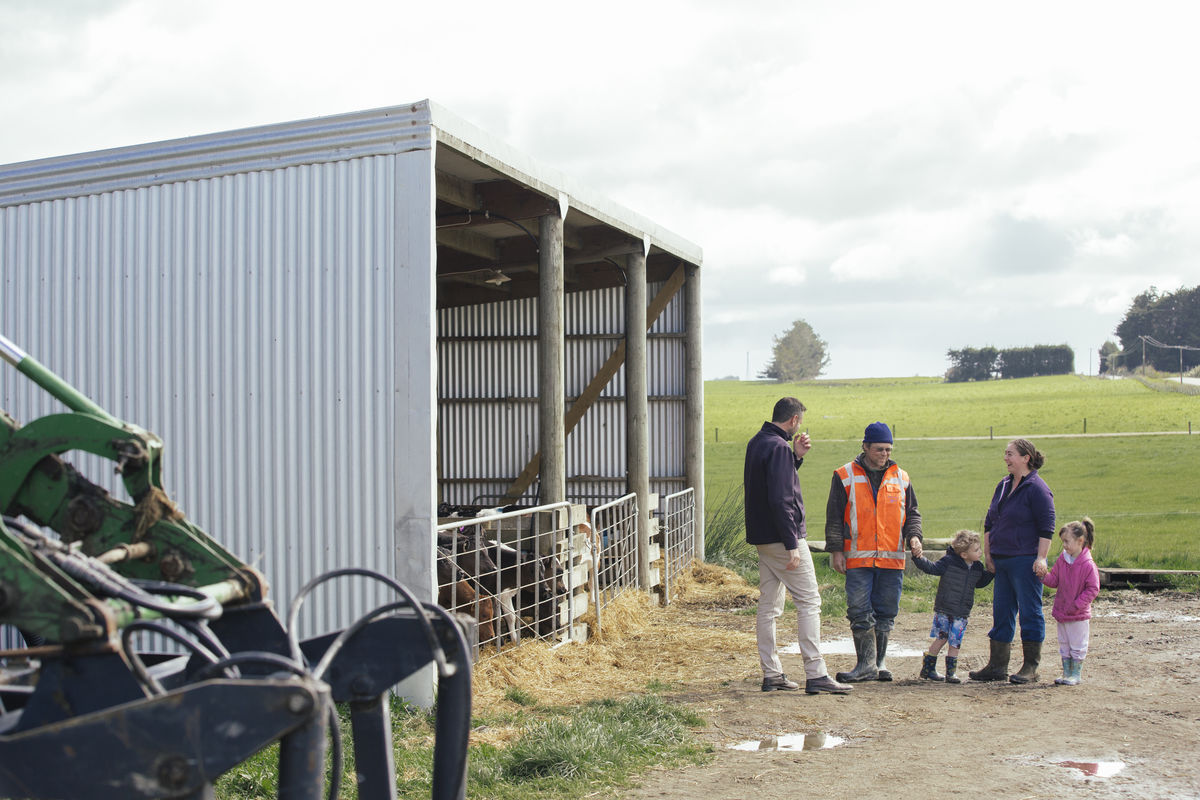
Partnership planning key to successful collaboration over water quality
Media Release June 2022
“If you’re working in partnership, you need the right structure to make it happen.”
That’s the view of Sarah Yarrow, National Manager of Living Water, a partnership between the Department of Conservation (DOC) and Fonterra. Since 2013 the partnership has been trialling solutions to improve freshwater quality in five catchments around New Zealand. Yarrow says the achievements of the Living Water programme can in part be attributed to the success of the partnership operating model.
“The Living Water partnership was a new venture for both DOC and Fonterra”, says Yarrow. “Both organisations had experience of working with sponsorships, but partnerships require a different mindset and approach to the planning and operational management. We needed an operating structure with clear separation between governance and operational roles, and both partners being involved at every level.”
Living Water operates at three distinct levels. Strategic oversight rests with the Steering Committee, comprised of senior representatives from both organisations. A National Programme Management Group has responsibility for the delivery of national projects and maintaining consistency across catchment projects and includes Living Water officers with staff from both DOC and Fonterra. Each catchment has a delivery team led by a full-time DOC Site Lead, supported by DOC and Fonterra staff.
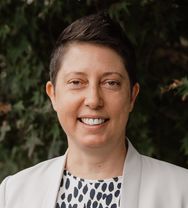
Sarah Yarrow
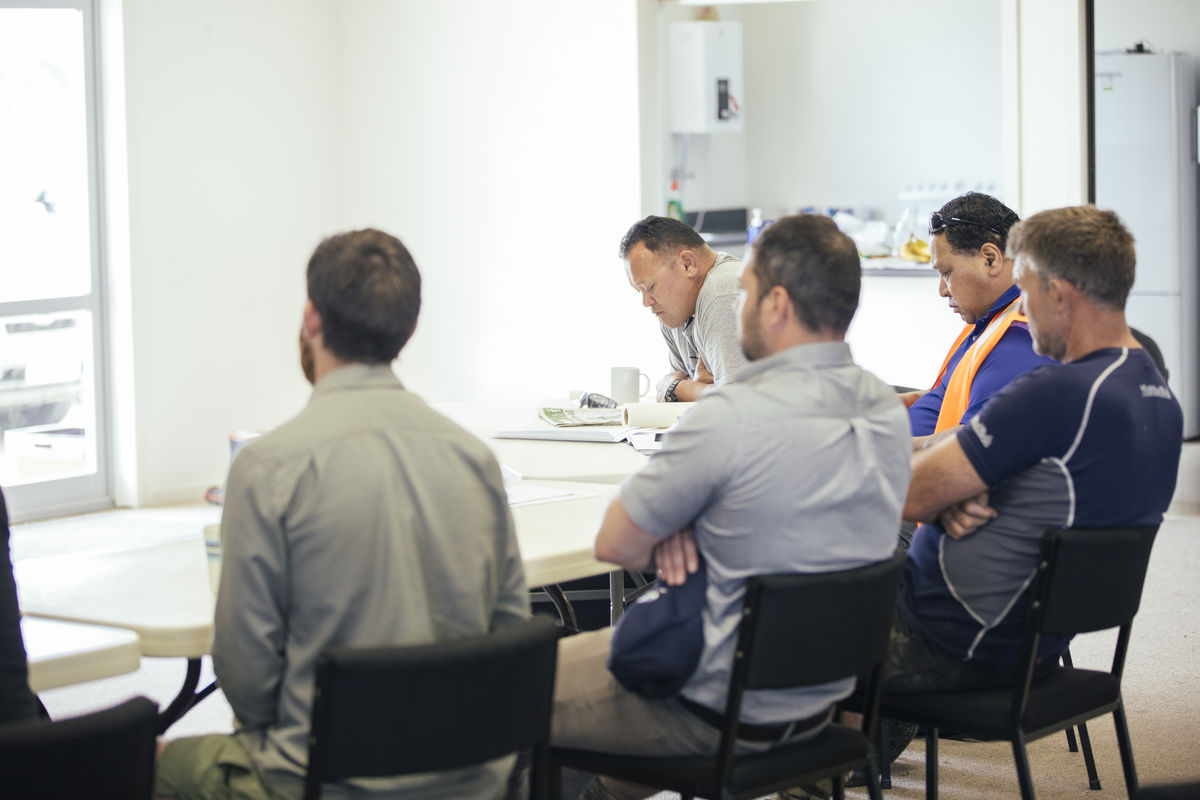
The Steering Committee (Committee) oversees the strategic direction of Living Water. They meet at least quarterly, ensuring the work programme is aligned with the strategic direction and objectives for Living Water, delivers accountability by receiving regular reporting, and provides guidance on strategic risks for the programme and partnership. Yarrow says the Committee members provide an essential conduit into the senior management teams within DOC and Fonterra and ensure alignment of objectives and activities.
“An important aspect of the Committee’s work is for the partner representatives to ensure Living Water’s direction and focus for work aligns with each partners’ strategic direction”, says Yarrow. “As the ten-year partnership enters its final phase the Committee will need to consider the future role for the relationship and issues around the wind-down of the partnership. What happens next is just as important for stakeholders, maybe more so, than what’s already been completed.”
The National Programme Management Group (Group) has responsibility for annual work planning for national projects and ensuring site specific projects are aligned to their site focus. The Group manages the tools and solutions workstream, oversees the monitoring and evaluation programme and ensures outcomes from trials are shared through a communications programme to ‘tell the story of Living Water’. These activities are regularly reported to the Steering Committee.
The Group consists of the three full-time Living Water staff, National Manager, Programme Coordinator and Impact and Partnerships Manager, along with a DOC Freshwater Scientist, and Fonterra Sustainable Catchments and Productive Landscapes staff. Yarrow says drawing staff from both organisations ensures alignment between the partners, along with collaboration and information sharing.
With the completion of the ten-year programme in 2023 the Group will manage the transfer of information to partner and stakeholder organisations. The Group will lead the sharing of learnings with the wider community through an augmented communications programme and community events and activities.
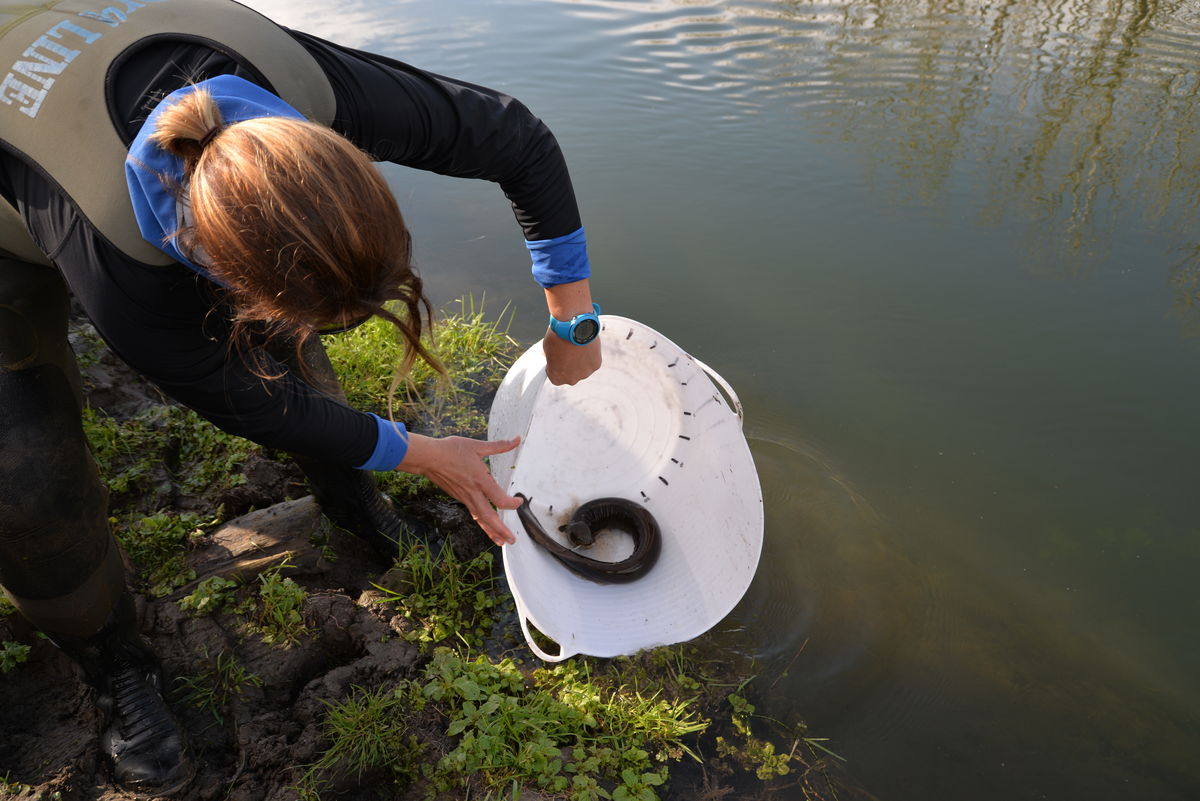
DOC has responsibility for operational delivery at the site level, working in close collaboration with Fonterra staff. The Site Teams are led by a full-time Site Lead (a DOC employee) supported by a Freshwater Technical Adviser (DOC), Sustainable Dairying Advisor (Fonterra) and Sustainable Catchments Engagement Manager (Fonterra). The Site Teams run the project trials and implement restoration work alongside stakeholders, contractors and consultants.
Stakeholder engagement was enhanced by each partners’ own experience of working with stakeholders, though the Living Water programme required a sophisticated and thorough approach to ensure local communities within each catchment would support and participate in the trials.
Living Water prioritised engagement with Mana Whenua in each of the catchment sites, which led to the development of an engagement strategy and framework for working with iwi. The networks and connections of the Steering Group membership enabled high-level strategic inputs and collaborative opportunities within the partners and their stakeholders.
“At the national level, Living Water developed relationships with funding and research organisations with strategic objectives that align to Living Water”, says Yarrow. “This enabled Living Water to support other organisation’s projects which shared our objectives, such as the Farming with Native Biodiversity project, and the Manga-o-tama Ōhaupō Peat Lakes to Waipā River Connection project. By supporting other organisations’ projects we avoid repetition and poor use of funding and resources and enable them to proceed. It’s a win-win-win for us, for them and for our communities.”
At the site level, Living Water has identified key stakeholders and built effective relationships of trust with local iwi, environmental and community groups, involving residents in activities such as community planting days in Waituna and predator control in Pūkorokoro-Miranda.
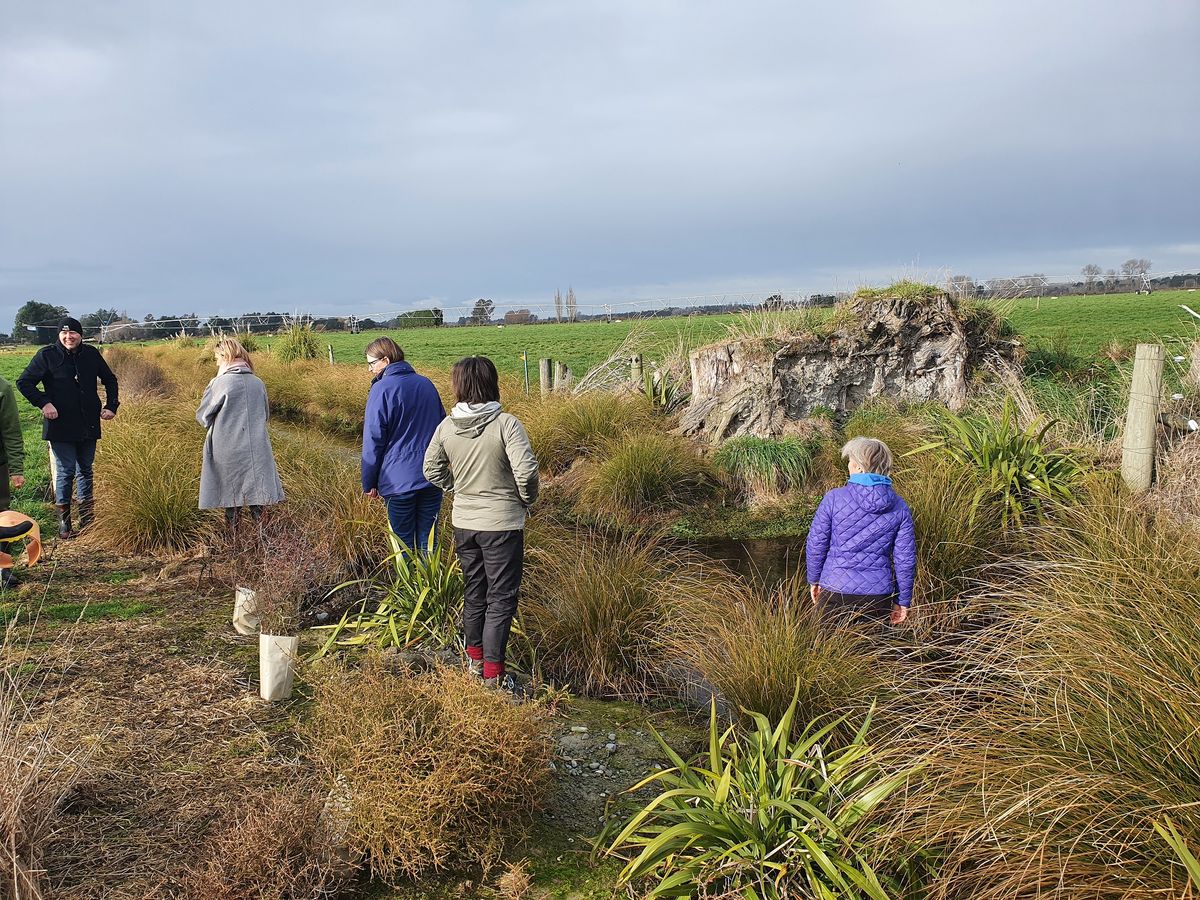
Living Water has been responsive to the changing needs of both the work programme and stakeholders, and adjusted the operating model as required through its ten-year programme.
In the initial stage (2013 – 2015) the emphasis was on developing relationships and identifying priorities within each catchment, along with some restoration activities to engage local stakeholders. The second stage (2016 – 2021) was based on the Living Water strategic direction and objectives, that established site teams and a programme of trials and projects within each catchment and nationally.
In the third stage (2022 – 2023) as the trials and projects are completed the emphasis is shifting to the monitoring and evaluation programme to ensure learnings are successfully captured and shared with stakeholders through an active engagement and communications programme, that includes frequent web stories, media releases and social media updates.
Yarrow says as a true partnership between DOC and Fonterra, Living Water required an operating structure with clear separation between governance and operational roles, and both partners involved at every level.
“Having a Steering Committee is essential for governance, accountability and oversight, for long-term planning and risk identification and mitigation”, says Yarrow. “It enables partners to ensure the alignment of the joint project with their own organisation’s strategic directions and objectives. At the operational level the participation of both partners has been essential to tackle the complex environmental and social change required to improve water quality issues in New Zealand. The knowledge, experience and networks of both partners have been invaluable to forging the necessary stakeholder relationships to enable trials to proceed with the support and participation of local communities.”
